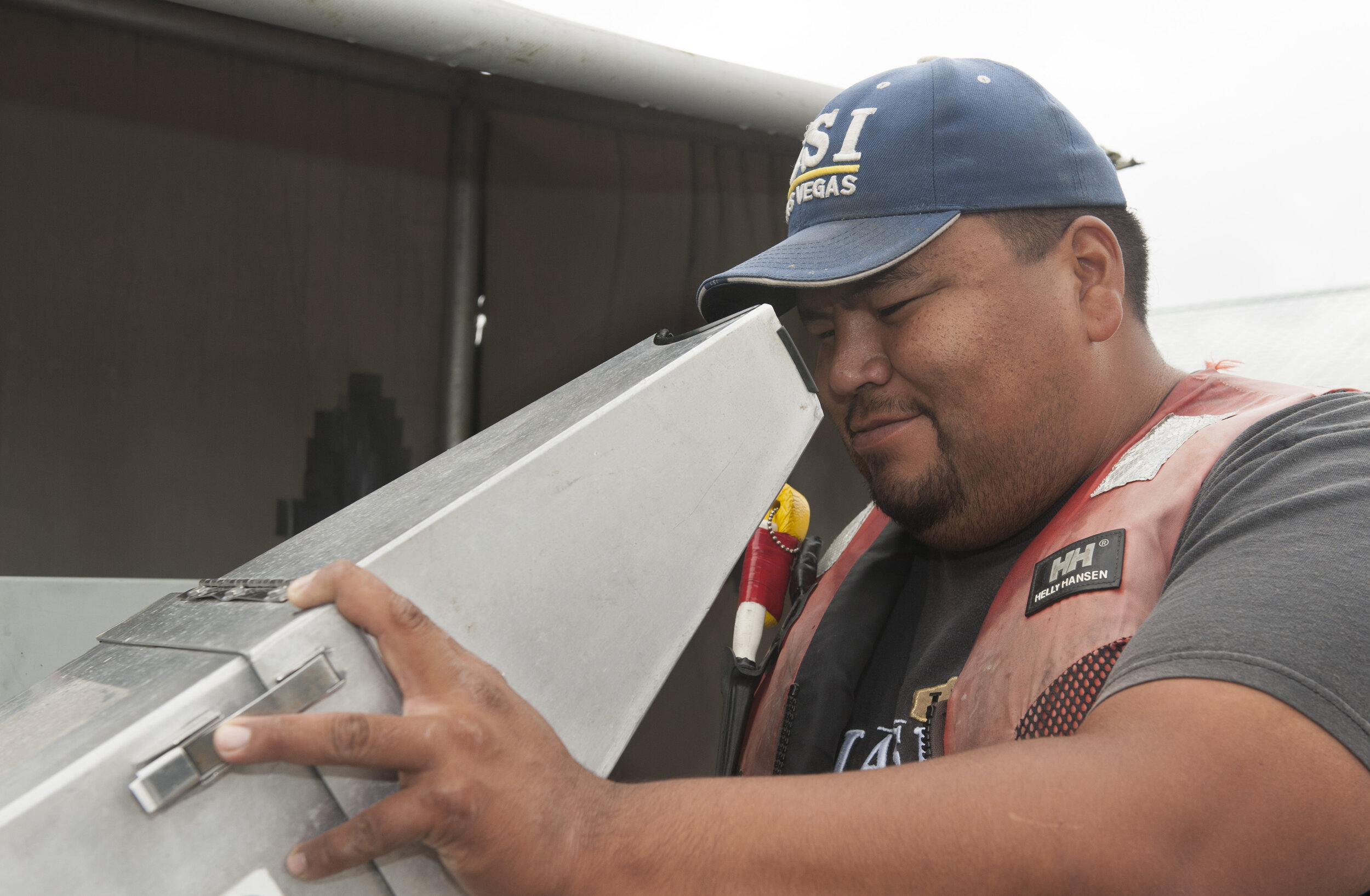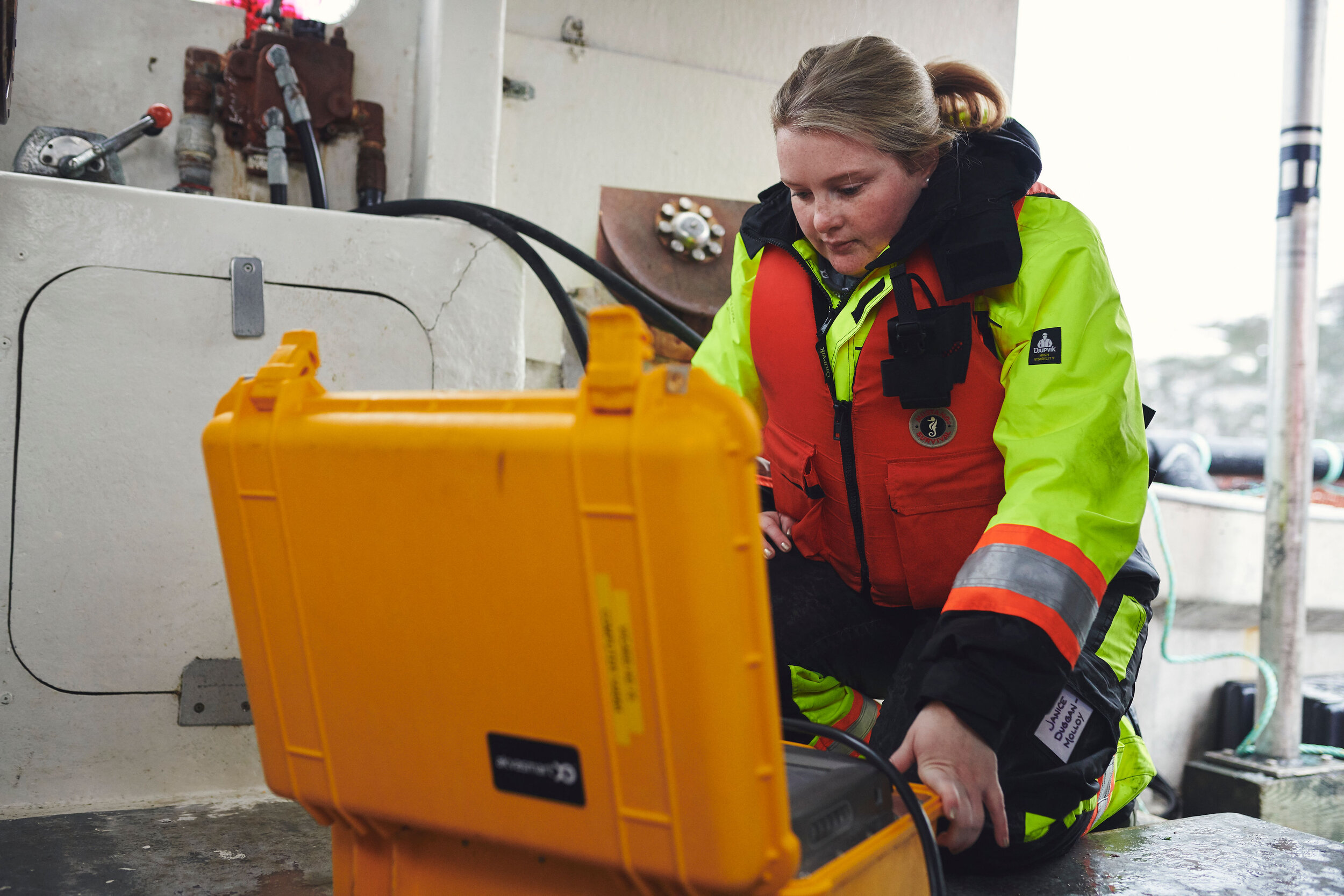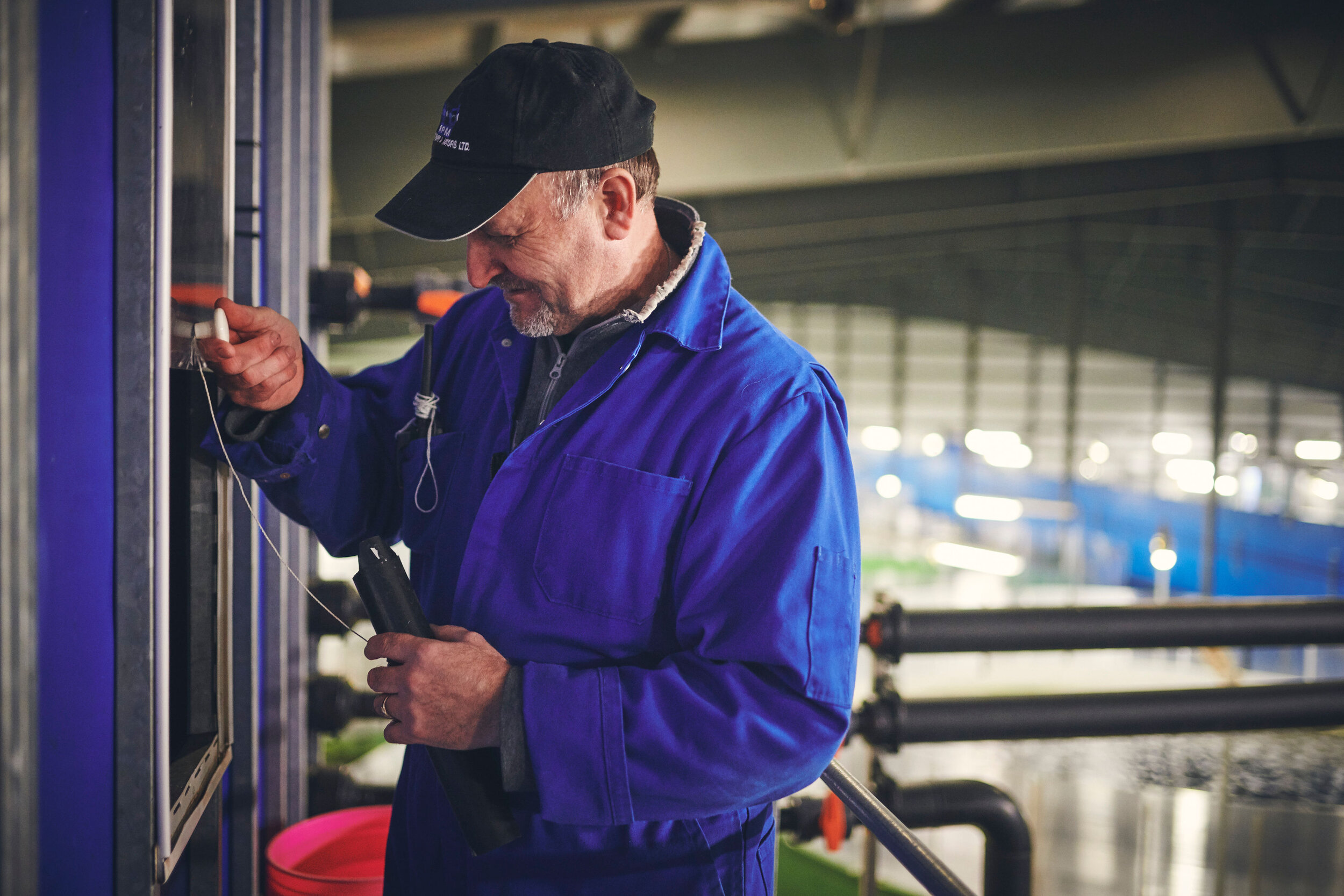INDUSTRY Q&A
Code of Practice for the Care and handling of Farmed Salmonids
Q: What is the Code of Practice for the Care and handling of Farmed Salmonids?
A: Codes of Practice are nationally developed guidelines for the care and handling of farm animals. The Codes serve as our national understanding of animal care requirements for specific farm animals and recommended practices. Farmed salmonid (e.g. Atlantic salmon, Pacific salmon, rainbow trout and Arctic char) producers need to follow the Code of Practice for the Care and Handling of Farmed Salmonids.
Q: Why is the Farmed Salmonid Code of Practice being developed?
A: In 2018, CAIA initiated this Code’s development using the process established by the National Farm Animal Care Council. The code allows industry, the public and others to communicate based on an understanding of how farmed salmonids are cared for in Canada.
This is one way to address consumer, retail and animal welfare advocate concerns about how Canadian salmonids are farmed. Industry leadership on this initiative is the preferred option over government regulation.
Q: How was the Farmed Salmonid Code developed?
A: The National Farm Animal Care Council has a process in place to draft new Codes. The process involves two committees: The Code Development Committee and Scientists Committee. The Code Development Committee is the group that drafts the new Code. The Scientists Committee does a review of the literature for the priority welfare issues. This report informs the drafting work of the Code Development Committee.
Q: Who was involved?
A: The Code Development Committee included researchers and salmonid producers, as well as representatives from the transportation, veterinary, humane societies, animal enforcement, and the CFIA.
Specifically, the Code Development Committee was comprised of Chair Barry Milligan (veterinarian who has held senior roles in both salmonid production and fish health), other producers include Wendy Vandersteen (BC), Arlen Taylor (ON) and Amanda Borchardt (NL), Canadian Veterinary Medical Association representative Chris Harvey-Clark (NS), World Animal Protection Canada representative Leigh Gaffney (BC), Canadian Food Inspection Agency representatives Kim Klotins (ON) and Victoria Pedersen (NB), provincial governments representative Carolyn Sanford (PE) and Myron Roth (BC), Retail Council of Canada representative Alexandra Leclerc (QC). Research/academic representatives Richard Moccia (ON) and David Scarfe (IL, USA), Roland Cusack (NS) is the technical expert.
The Scientific Committee included: Richard Moccia - Co-Chair (International Society for Applied Ethology (Canadian chapter)), David Scarfe - Co-Chair (Canadian Veterinary Medical Association), Jim Duston (Canadian Society of Animal Science), Don Stevens (Canadian Veterinary Medical Association) and Michelle Lavery. Under NFACC’s process, members of the Scientific Committee were named by recognized professional/academic bodies.
Q: How are Codes used in Canada?
A: Several ways. Producers and industry use the Code as a guideline and baseline for farmed salmonid care. It can be used for education (of new producers and others interested in salmonid production). The Code would also be the basis for other programs including on farm assessment if customers ask for proof of how salmonids are raised. It is also used as a reference document for enforcement officers will use to measure the producers’ care in a case where animals may have been neglected.
Q: What will this change on my farm?
A: Some Code requirements refer to a regulatory requirement but most are an industry-imposed expectation outlining acceptable and unacceptable practices and are fundamental obligations relating to the care of animals. Requirements are the minimum measures that are to be implemented on all farms. All producers should read through the completed Code to see what content is relevant to their operation.
Farmers are still be the ones responsible for the way their animals are raised. A Code will not change that. Codes of Practice gather the current research and bring it together with practicality, regulations and laws, and public expectations.
Most producers will likely already be doing the things the Code either recommends as best practices or requires. Some requirements may be important stretch goals that some producers need to prioritize to ensure they’re meeting their sector’s standards/expectations.
Q: Is the Code a government regulation?
A: No. The Code development is initiated by industry. However, because Codes of Practice include requirements they should not be thought of as voluntary standards. As well, in some provinces Codes of Practice are explicitly referred to in the animal welfare legislation, and the Codes are the best available resource for determining whether generally accepted practices are being met on farms.





